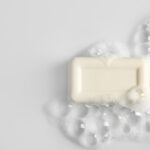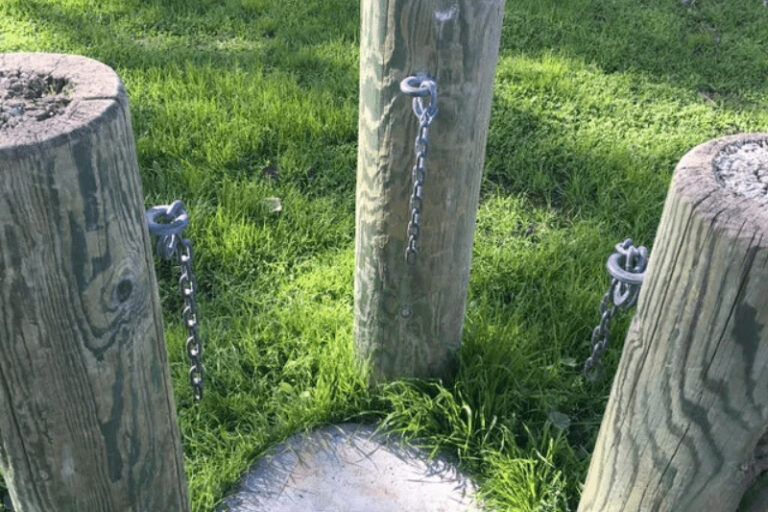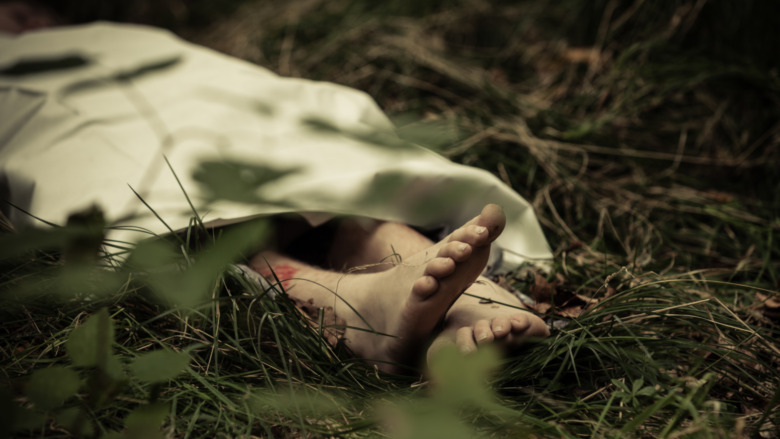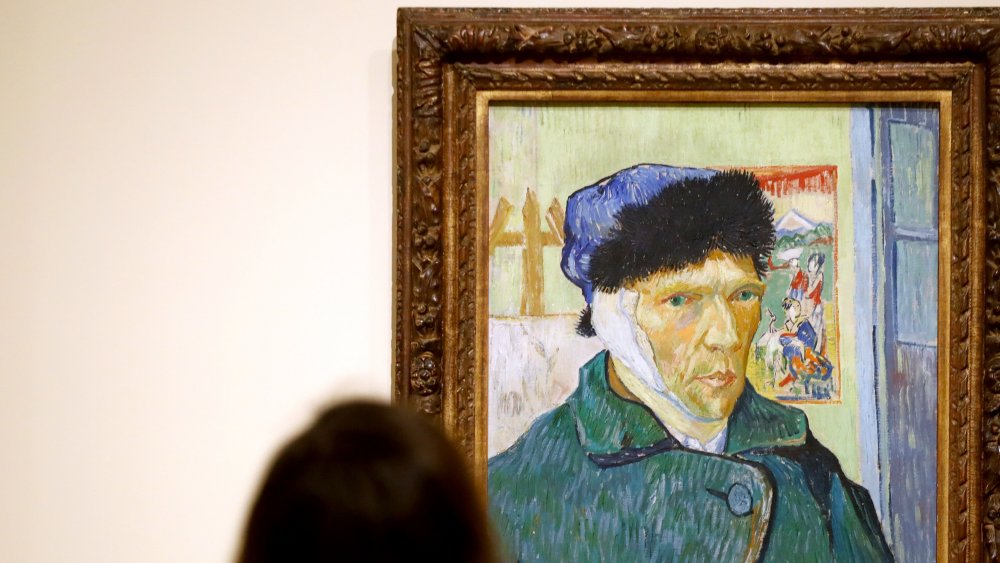
Your Body Could Turn Into Soap After You Die. Here’s How
Decomposition is a weird thing. The way the body breaks down to simple organic matter is an amazing, albeit strange process. Most living creatures go through five stages of decomposition after death: fresh, bloat, active decay, advance decay and the remains of the carcass (via BioSoCal). However, there is a chemical process known as saponification takes place in certain individuals that cause their remains to turn to “soap.”
In 1874, Dr. Joseph Leidy delivered to the Mütter Museum in Philadelphia, Pennsylvania, two bodies that had been unearthed when city improvements forced several graves to be exhumed. Among the bodies removed from the cemetery were two corpses that had been turned to soap. Well, not exactly soap per se, but something known as adipocere, or as it’s more commonly referred to, corpse wax (via Atlas Obscura).
Adipocere forms as decomposition of the body occurs. Through saponification, the fat stored in the body converts into a soapy wax-like substance after death, essentially creating a “soap mummy.” It’s not an entirely common process. In order for saponification to occur, the body needs to be in an alkaline, warm, airless environment (via the Mütter Museum). It was determined that water had leaked into the graves, fulfilling all the necessary requirements to make a soap corpse.
The soap lady is coming to get you
The two “soap mummies” unearthed during the city improvements in 1874 were determined to be male and female, perhaps even related. Dr. Leidy donated the female carcass to the Mütter Museum, while the University of Pennsylvania received the male corpse (via Penn Museum). While the university examined the male body, the Mütter Museum put the female corpse on display. Affectionately known as the “Soap Lady,” the corpse has been on exhibit since her arrival at the museum in 1874, over 147 years. Historians have spent decades trying to properly identify the Soap Lady. Researchers initially believed that she was around 40 when she died from yellow fever during the 1792 epidemic.
Interestingly enough, however, after the first x-rays were performed on the corpse in 1986, it was determined that she was wearing buttons and pins that weren’t manufactured until circa 1830 (via Mutter Museum). Dr. Joseph Leidy had the Soap Lady’s year of death wrong. Another round of x-rays in 2007 determined that the Soap Lady wasn’t 40 when she died, but in her late 20s. Historians may never be able to properly identify the woman on display at the Mütter Museum. One thing’s for certain, though, Tyler Durden would’ve had a field day with the Soap Lady if he just would’ve stopped by Philly.

If These Structures Ever Broke, The US Would Be In Serious Trouble

What You Should Know About The Mysterious Georgia Guidestones

Inside The Haunted Kehoe House In Savannah, Georgia

The Bizarre Origin Of 'Little Green Men'

The Truth About The Man Who Ate 30,000 Big Macs

Physicists Determine Ideal Soap Recipe For Bubble Blowing

Drinking Whole Milk Is Less Likely To Make You Fat, Studies Show

Tesla Cybertruck Makes Smashing Debut

This Startup Is Helping Save The Planet By Turning Carbon Dioxide To Vodka

Strange Ways Animals Have Reacted To Solar Eclipses























